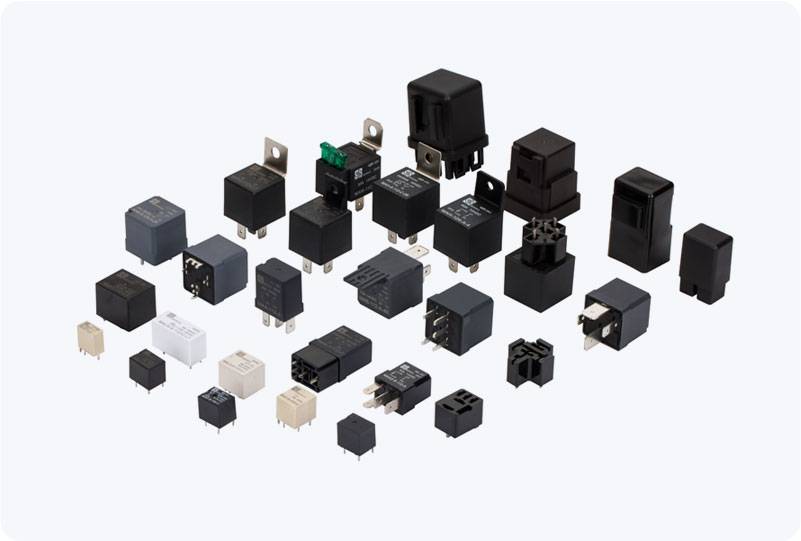high current power relay: an essential component for high-power applications
Release time:2025-08-09 02:07:30
High Current Power Relays are crucial components in various electrical systems where the control of high-power devices is necessary. These relays are designed to handle large currents, often in the range of tens to hundreds of amperes, ensuring that electrical circuits operate efficiently and safely. Whether used in industrial automation, power distribution, or automotive applications, high current power relays play a significant role in switching high-power loads with precision and reliability. This article explores the features, applications, and considerations when using High Current Power Relays.

Understanding High Current Power Relays
A High Current Power Relay is an electrical switching device that allows a low-power control signal to operate a higher-power electrical load. The basic construction of these relays consists of a coil, which when energized generates a magnetic field that moves contacts to either open or close a circuit. These relays are specifically built to handle high current and high-voltage conditions, making them essential for applications requiring precise control over large power sources.
Typically, these relays have robust contact materials capable of withstanding the wear and tear caused by high current. They are also engineered to minimize contact arcing, which can occur when switching high-power circuits on and off. Therefore, manufacturers often use materials like silver or gold-plated contacts to ensure the longevity and reliability of the relay.

